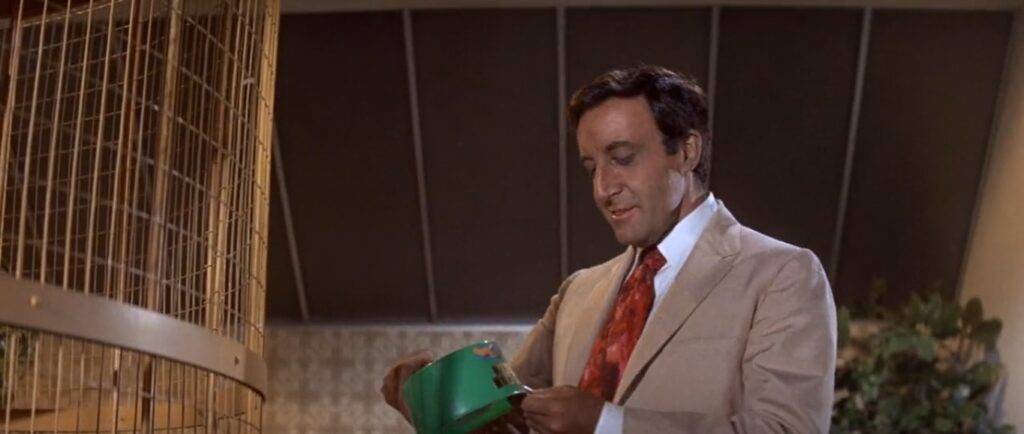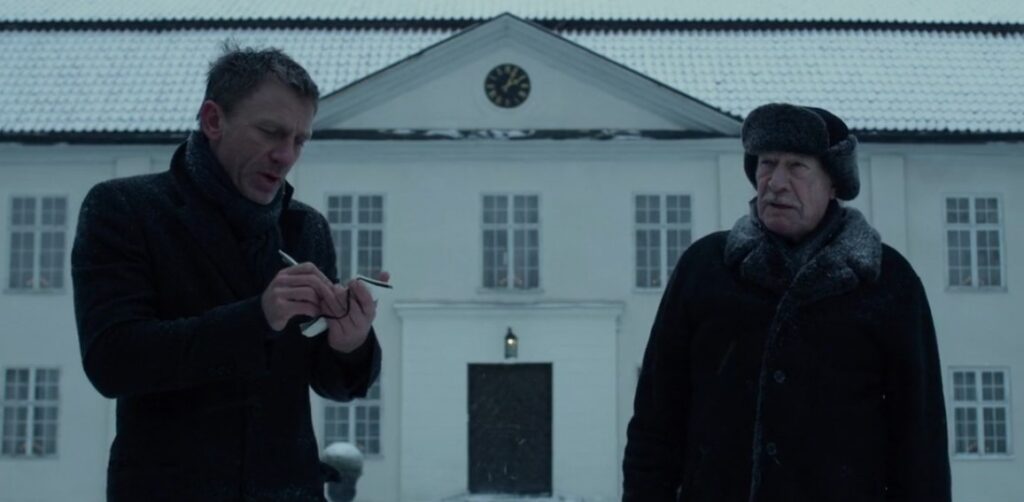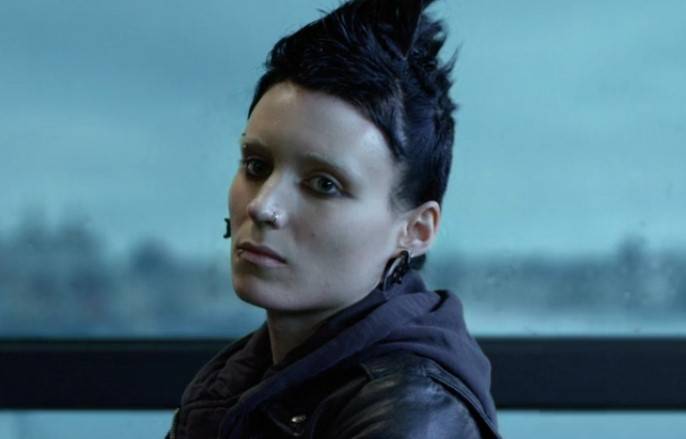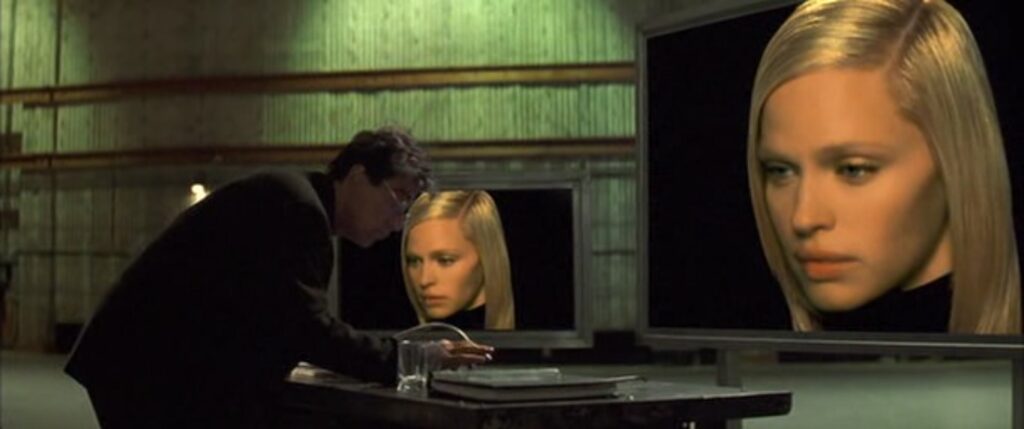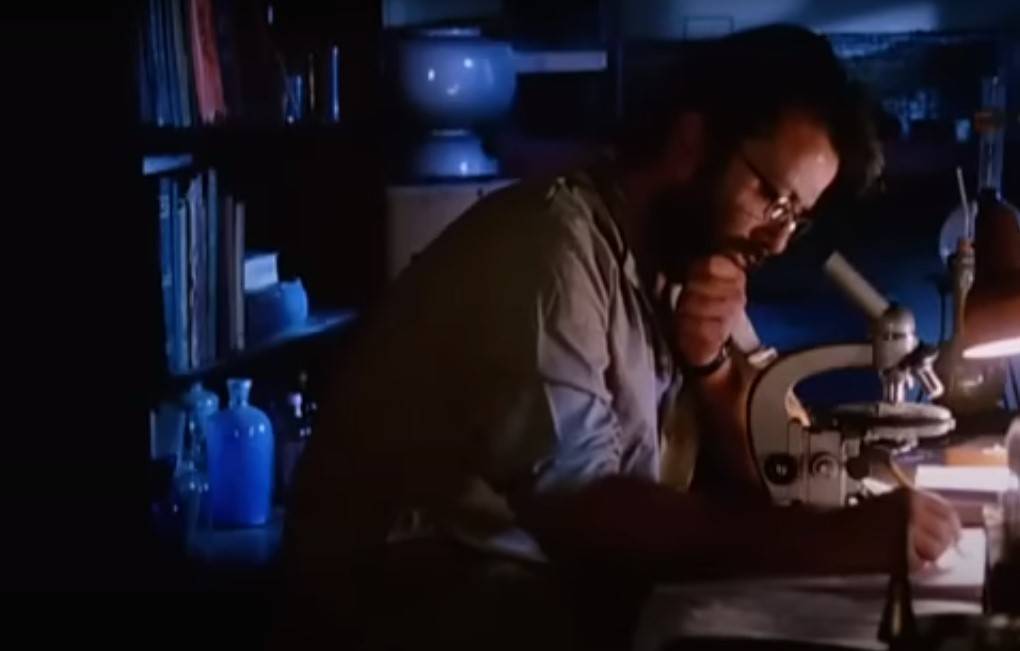Released in 1998
10/10
Genre- Thriller, Noir, Crime, Psychological
Main Cast: Jeremy Theobald, Alex Haw, Lucy Russell
and John Nolan
Screenplay: Christopher Nolan
Direction- Christopher Nolan
BRIEF INTRODUCTION One of the finest psychological thrillers ever made, and probably the most underrated film by Christopher Nolan. The story revolves around a lonely writer and his unusual journey of following people/strangers in the streets of London. What started as a simple curiosity unknowingly transforms into a complex web of wrongdoings and crime. In this thrilling psychological ride, the movie tries to showcase the unrealistic quest of the protagonist, his choices, and how they result in unforeseen consequences.

“Following (1998)”
The Movie Over the years, I have observed that I am more into appreciating filmmaker’s vision more than anything in a film – okay yes, performance and music too. In “Following (1998)”, Nolan redefined psychological thrillers in his own distinct way. Inspired by the Hitchcockian style, the movie takes you into an unexplored dimension of noir-thrillers exploring themes like identity and voyeurism. The screenplay is so cleverly woven that it takes a minute to realize how it reaches where it does. The non-linear screenplay, along with the Black & White (B&W) cinematography, gives a dark tone to the atmosphere, enhancing the noir setting.
Performances At last, everything depends on the cast, how they deliver the required nuances and it wouldn’t be fair if I don’t mention it, the cast of the film also contributed a lot, the performances were compelling and engaging, they brought a distinct depth to their characters, if not for them, the film couldn’t have delivered so effectively.
P.S. The directorial debut (feature films) of Christopher Nolan, the film garnered numerous accolades and awards at various ceremonies.
In case, you missed the previous post, here’s the link https://perfectmisenscene.com/?p=905

